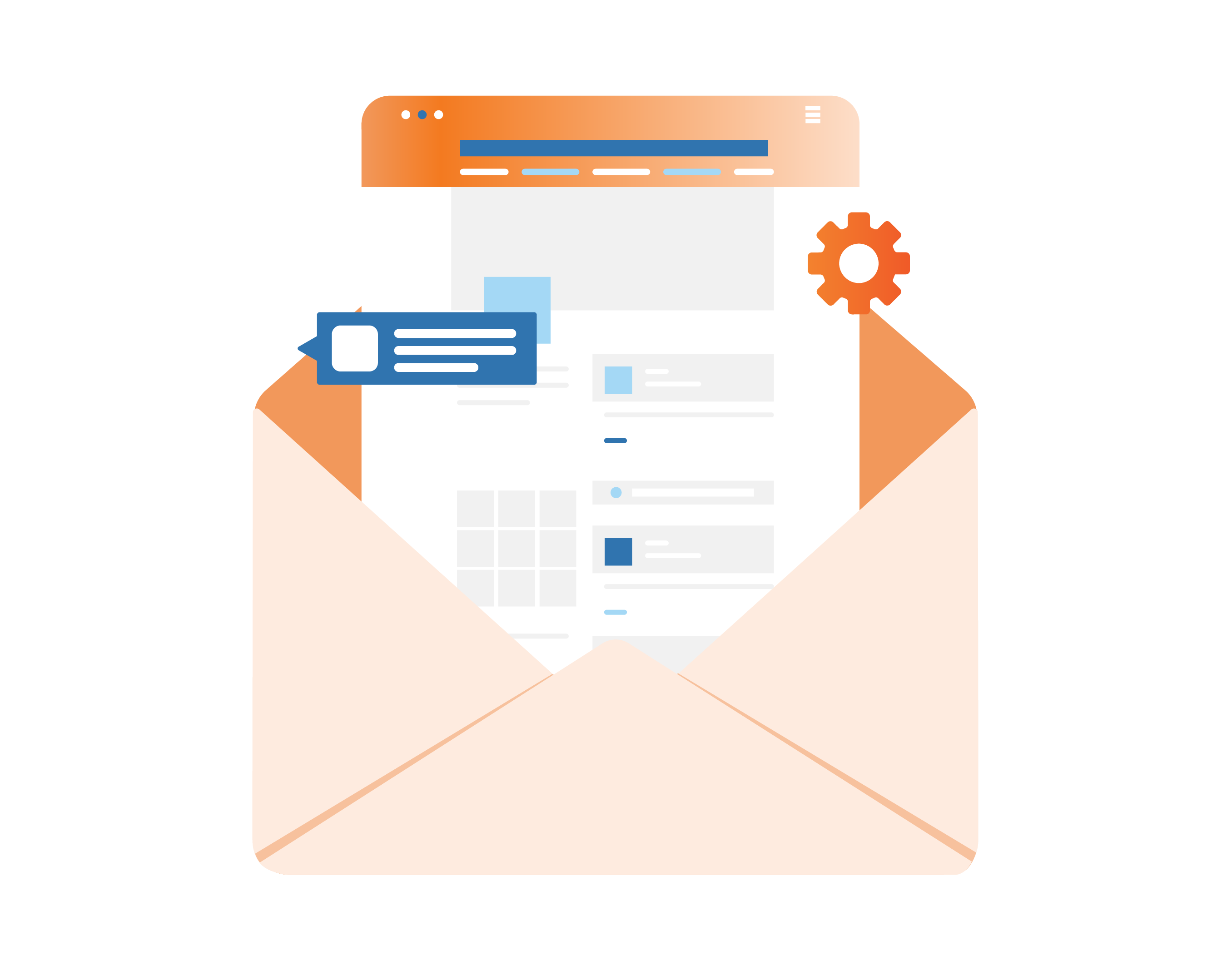Personality Assessments: Helpful or Unhelpful For Hiring
Are personality assessments an effective hiring filter?
In the late 1990s, personality assessments entered the corporate hiring scene with a compelling pitch: decode how people naturally operate, match them to the right roles, and reduce mismatches and turnover.
Tools like Myers-Briggs and DiSC, promised to turn instinctive hiring into informed science.
Fast-forward 25 years and assessments are more entrenched in hiring than ever. Research shows that up to 82% of companies use some form of pre-employment testing. The assessment industry was worth $5.62 billion in 2024 and is predicted to reach $15.96 billion by 2033.
So why do most hiring decisions still feel like educated guesses?
The Problem: Assessments as Gatekeepers
Most hiring decisions veer off track by using personality assessments as gatekeepers instead of guides. When these evaluations filter candidates early in the process, we’re betting that a 20-minute questionnaire can predict complex human contribution over time.
These assessments don’t account for motivation, values alignment, learning capacity, raw ability or current skills. Early screening can inadvertently eliminate strong candidates based on arbitrary preferences interpreted from assessment results.
Do we really need another “high D” executive when our team might benefit from someone who simply asks different questions?
As AI continues advancing, handling more and more routine tasks, the how of our work matters more than ever. Finding the ideal personality fit takes a back seat to the hard-skills required to compete in today’s technology driven marketplace.
Understanding someone’s natural operating style becomes less about matching yesterday’s skills and experience to a pre-defined role and task list, and more about utilizing their cognitive, problem-solving, and collaboration strengths.
Where Assessments Actually Add Value
According to Gallup, The most effective application of personality assessments is post-hire individual and team development. ROI happens when assessments guide professional development rather than filter candidates.
When team leaders understand that Sarah processes information differently or Mike needs structure to think clearly, we can design workflows that work with people’s natural wiring instead of against it.
For individuals, assessments can offer helpful self-reflection. They may explain why certain projects energize us while others drain us, why some team dynamics click while others create friction, and why we gravitate toward particular challenges. They give us language to advocate for what we need to operate at our best. Instead of “I work differently,” we can say “I’m naturally inclined to ask a lot of questions upfront before jumping into action”.
With dozens of assessments available, where should you start?
Considering Personality Assessments for Your Team?
Kolbe A Index is a potential starting point for orgs looking to improve cohesion and collaboration. It focuses on conation—our instinctive way of taking action. It reveals someone’s Method of Operation without labeling it as good or bad.
An individual with high ‘Follow Through’ naturally builds systems and processes. Someone with high ‘Quick Start’ initiates and experiments. Neither approach is superior—they’re different hard wiring for different types of work.
The Real Power Is in the Conversation
The usefulness of any assessment tool isn’t inherently in the score. It’s in the conversation that follows.
- When individuals understand their natural patterns, they can structure their environment for better performance
- When teams understand their collective cognitive diversity, they can assign work more strategically
- When leaders understand their team’s instinctive approaches, they can stop fighting people’s natural instincts and start leveraging them
Assessments shouldn’t determine who gets hired, but they can inform how we work together once we’re on the same team. Used strategically, they become tools for self-awareness, better team alignment and smarter role design. Used carelessly, they become expensive ways to reinforce existing biases.
The goal shouldn’t be to box people in. It should be discovering how work life gets better when we understand how people are naturally inclined to work.

